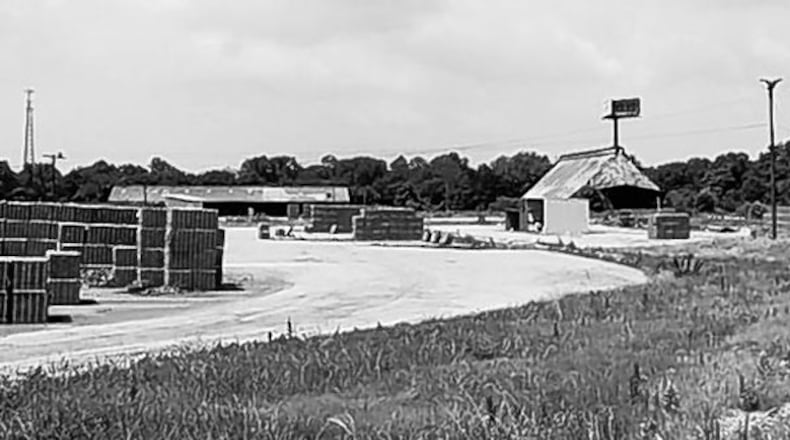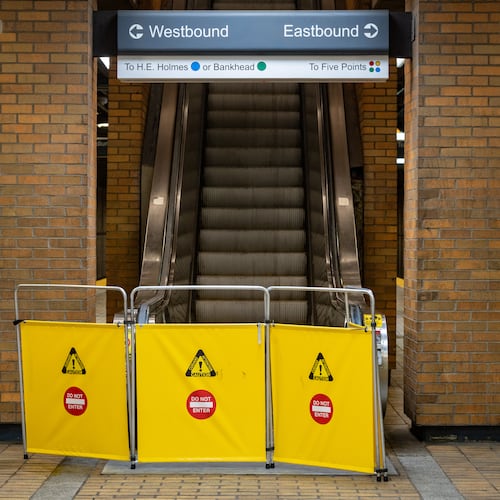In the years after the Civil War, a black man could get arrested in Atlanta simply for being outside after sunset or talking loud or looking at a white woman in the “wrong way.”
Those arrested could spend years in forced labor, auctioned off for pennies by the state for hard labor for the profit of big Atlantan industries. A $75 fine could take a decade of back-breaking work to pay off.
While some people say what happened long ago doesn’t impact Atlantans today, Professor Richard Becherer, 60, of the Southern Polytechnic State University in Marietta, says that the results of that practice are still around.
“You can’t separate the past from today,” Becherer said. “Involuntary servitude, slavery under a different name, built a large part of Atlanta. It’s all around us.”
The work of Becherer and his former student, Atlanta architect Daniel Scott, will be featured in an upcoming PBS documentary, based on Atlanta journalist Douglas A. Blackmon’s Pulitzer Prize-winning book, “Slavery By Another Name.” The book documented the practice in the late 1800s and early 1900s of the state renting convicts to companies into forced labor, especially by former Atlanta Mayor and Confederate veteran James English and his Chattahoochee Brick Co., which straddled Cobb and Fulton counties near what is today’s Six Flags Over Georgia theme park.
His work began when he was driving through Buckhead and noticed something odd about the layout and old buildings of a ball field.
“I did some research and it turned out to be an old chain-gang camp,” Becherer said. “And that got me thinking about what else from that era was still around us.”
He was joined in the research by architectural student Scott, who started delving into the history and structures built with bricks from the old Chattahoochee Brick Company.
“It just went from there, and the results were astounding,” Becherer said. “Starting in 1868, the war was over, but Georgia virtually handed over its criminal justice system to commercial, for-profit interests that wanted virtually free labor.”
“If you want to see what they built, just drive through Inman Park, Cabbagetown and parts of Grant Park.”
Some of the old relic buildings of the Chattahoochee Brick Company near the Cobb and Fulton County line near I-285 and I-20 were demolished about a year ago to make way for a new development. Becherer and Scott visited the site a number of times taking photos and gathering as much information as they could, including discovering an old cemetery on the property.
Scott, 26, wrote his thesis about both the property and its impact on Atlanta architecture.
“I’m an Atlanta native and I never knew anything about this until the Professor and I started digging into it,” he said. “The amount of labor they produced is unbelievable — 200,000 bricks in one day, all made in these old beehive [shaped] kilns.”
PBS’s Twin Cities Public Television, a division of Public Broadcasting Service in Minnesota, is producing the 90-minute documentary, set to air sometime next year. The producers were inspired by Blackmon’s Pulitzer Prize-winning book and learned about Becherer’s and Scott’s additional work from the Atlanta History Center, said the center’s archivist Sue Verhoeff.
“The knee-jerk reaction might be to say this was so long ago that it isn’t important now, but that’s not the case,” Verhoeff said. “The practice went on almost up until World War II and I don’t think you can have a complete picture of Atlanta without knowing that people worked and died building this city.”
RELATED: Learn more about the documentary and the book, “Slavery By Another Name.”
About the Author
Keep Reading
The Latest
Featured


